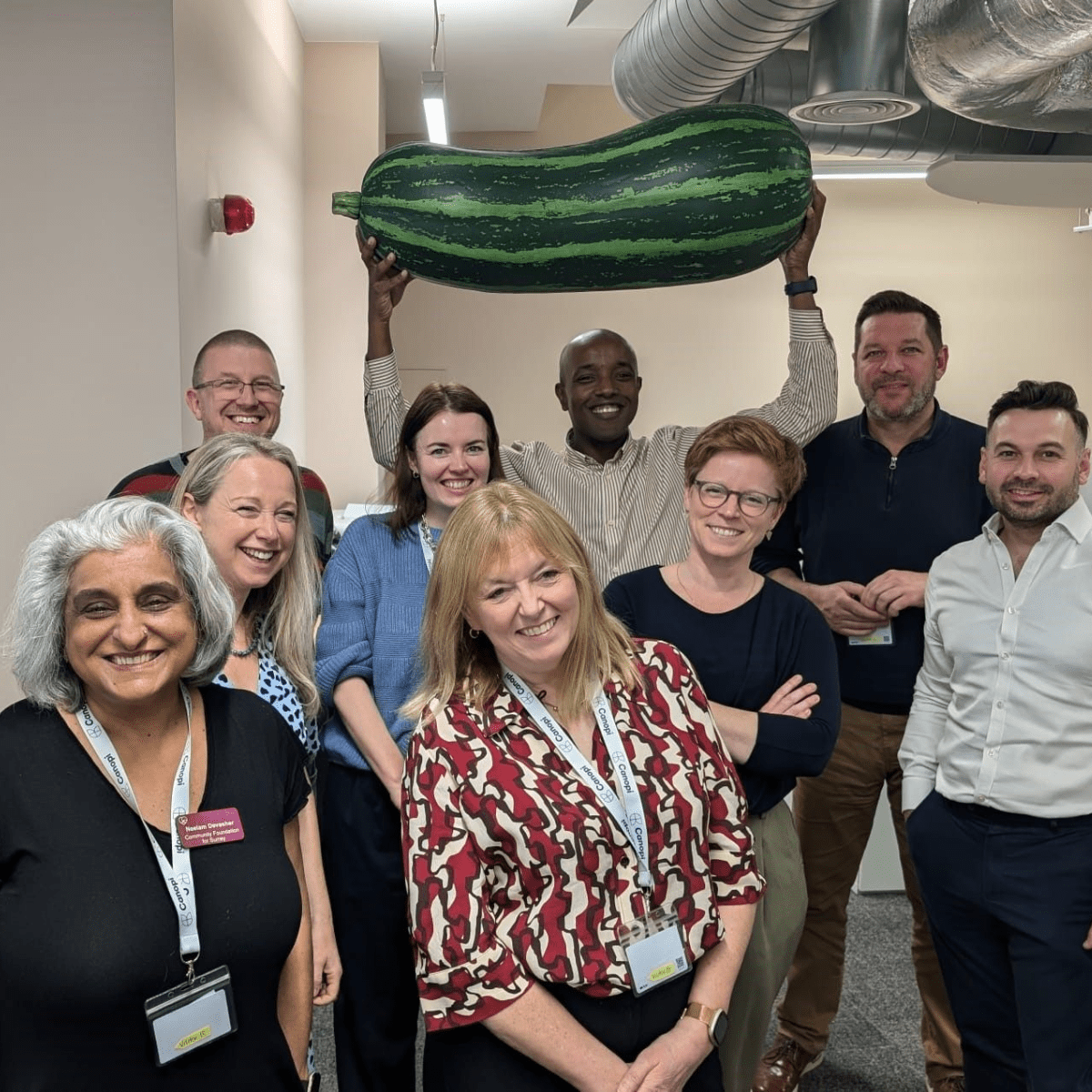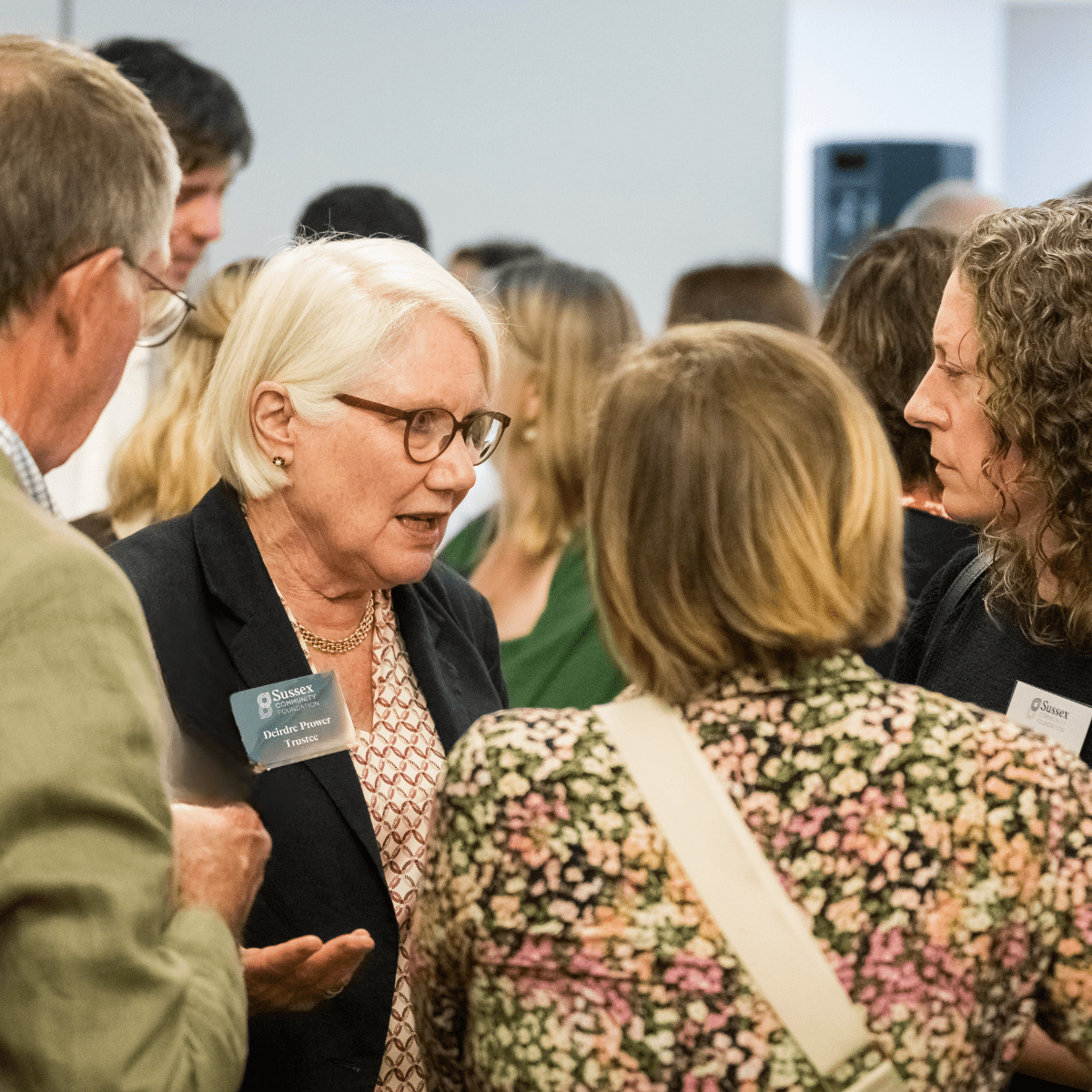Legacy giving: leaving a lasting impact through your Will
Gina Berry, Head of Private Client Department at The Owen Kenny Partnership Ltd, discusses the lasting impact of legacy giving.
At The Owen Kenny Partnership, we work closely with clients to ensure their wishes are clearly and securely reflected in their Wills and wider estate planning. One topic we always encourage clients to consider is legacy giving. Leaving a charitable gift in a person’s Will offers a deeply personal and rewarding way to create a meaningful legacy, one that extends beyond their family and supports causes they care about.
When we raise the idea of charitable giving, many clients instinctively think of the large national charities, such as the RNLI and British Heart Foundation. While these organisations do remarkable work, some people feel their individual contribution may be lost in the scale of such operations. Others are put off by the idea of their gift being absorbed into a vast system, rather than making a clearly visible difference.
Encouraging clients to think local
This is why we encourage clients to think more locally. Smaller community-based charities, often right on their doorstep, can be profoundly affected by even modest legacy gifts. Supporting local causes not only strengthens the fabric of our communities but can also provide the donor's family with a tangible insight into the benefit their loved one’s legacy has made. It’s incredibly powerful for future generations to see the real-world impact of that generosity, whether it’s a community garden thriving, local young people being mentored, or a village hall being kept open.
There are also clear practical benefits to including charitable legacies in a Will. Gifts to UK registered charities are exempt from Inheritance Tax. This means that not only can a charitable gift reduce the overall taxable value of an estate, but in some cases, it may even bring the estate below the taxable threshold or reduce the rate of Inheritance Tax from 40% to 36% if 10% or more of the estate is left to charity. It’s a way to support causes close to your heart while also making your estate planning more efficient.
A question I always ask is whether the client would prefer their money to go towards paying an Inheritance Tax bill or whether it could be used to support a charity close to their heart.
Sussex Community Foundation plays an invaluable role in helping clients connect with the full range of charitable work happening locally. Whether someone already has a particular cause in mind, such as mental health, homelessness, youth work, or the environment, or simply wants to ensure their gift is used where it's needed most, the Foundation offers expert guidance and long-term stewardship. They also help clients set up Donor Advised Funds to support existing local projects, ensuring that their generosity lives on for years to come.
As solicitors, we are in a privileged position to help guide and shape these conversations. By partnering with Sussex Community Foundation, we can offer clients both clarity and confidence, helping them ensure their legacy reflects their values and makes a lasting difference in the communities that matter most to them.
Gina Berry, Head of Private Client Department











